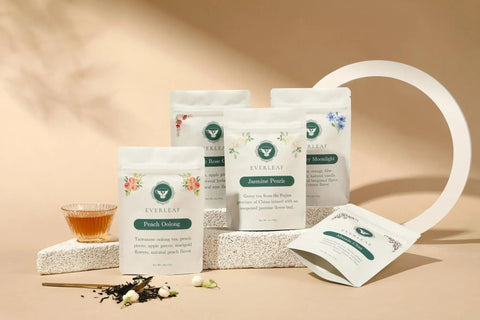Choosing the Right Coffee Pouch Packaging: What Every Roaster Should Know
You work hard on your roast, but sometimes it’s the packaging that quietly wrecks all that effort. The pouch your coffee comes in is way more than just a bag, it keeps your beans fresh, protects flavor, and tells your brand story. Whether you’re just starting out or tweaking your process, knowing these common packaging pitfalls will save you headaches and keep customers coming back.
1. Choosing the Wrong Materials
Fresh coffee keeps releasing carbon dioxide for days after roasting. If your packaging can’t let that gas out, the bag balloons up or worse, the coffee goes stale because oxygen and moisture sneak in.
Some roasters try to save a few bucks by skipping degassing valves or using cheap films. That’s a false economy. You want multi-layer films like PET, PE, or foil, plus a good one-way valve that lets CO₂ escape but keeps air out.
If your bags puff up right after sealing, or if customers say the coffee tastes flat days later, your materials are probably the culprit. It’s worth asking your supplier for the specs and making sure you’re using quality stuff.
Check out our coffee pouch packaging or get a custom quote today!
2. Forgetting Resealable Closures
No one drinks a whole bag in one sitting, right? If your coffee pouch packaging can’t be resealed, freshness takes a nosedive the moment you open it.
Some brands skip zippers or tin ties to save money, but customers hate it. They end up transferring coffee to jars or getting stale beans way too soon.
Adding a zipper or tin tie costs a bit more, but it pays off with happier customers and better coffee. If you hear complaints about bags not staying closed, it’s time to fix that.
3. Skimping on Labels
Your coffee pouch packaging talks to your customer. If it leaves out key info or makes claims you can’t prove, you lose trust.
Missing roast dates, weights, or origin info is common, and claiming “organic” without certification is a big no-no.
Your label should clearly say the weight, roast date or batch, origin, best-by date, your business name, and any legit certifications. If customers keep asking questions that should be on the bag, update your labels pronto.
4. Picking the Wrong Size Pouch
Bag size matters, a lot. Too big means excess air, which speeds up staling. Too small and you get awkward fills and sealing problems.
Don’t guess. Order samples, fill them with your coffee, seal them, and see how they look and stack. This small step saves a lot of headaches later.
If your bags look half-empty or puffed out, or seals aren’t straight, rethink your size.
5. Neglecting Your Branding
Your coffee pouch packaging is your brand’s first impression. Plain bags with stickers or mismatched designs make your product blend in, not stand out.
Investing in design and printing pays off. Digital printing is great for small runs and vibrant colors, while rotogravure printing is better for large batches.
Your packaging should tell your story and make people want to pick you up. If customers don’t recognize your bags right away, it’s time for a brand refresh.
FAQs About Coffee Pouch Packaging
Do I need a degassing valve?
If you sell whole beans, absolutely. It keeps bags from swelling and helps keep coffee fresh.
What pouch size fits 12 oz of coffee?
Around 5 inches wide by 8.25 inches tall with a 3-inch gusset usually works, but test your beans with pouch samples since density varies.
What if I sell ground coffee instead of whole beans?
Ground coffee stales faster than whole beans, so barrier quality and resealability become even more important. Use a degassing valve if you're sealing right after grinding, and make sure your film has strong oxygen and moisture resistance.
What printing method works best for small batches?
Digital printing, it’s flexible, affordable, and great for full-color designs.
How do I make my packaging eco-friendly?
Go for recyclable mono-material pouches, avoid extra foil layers, and pick sustainable suppliers.
Wrapping Up
Packaging isn’t just something you slap your coffee into, it’s what keeps your beans fresh, builds customer trust, and shows the world who you are.
Fix these common mistakes and your coffee will taste better longer, and your customers will notice. If you’re unsure where to start, chat with your packaging supplier, they can guide you on the right materials, sizes, and finishes for your brand.
After all, your coffee deserves packaging that works just as hard as you do.







Comments (0)
There are no comments for this article. Be the first one to leave a message!